The Role of Willows Healthcare in Managing Chronic Pain for Seniors
February 13, 2025
Exploring Innovative Solutions for Elderly Pain Relief

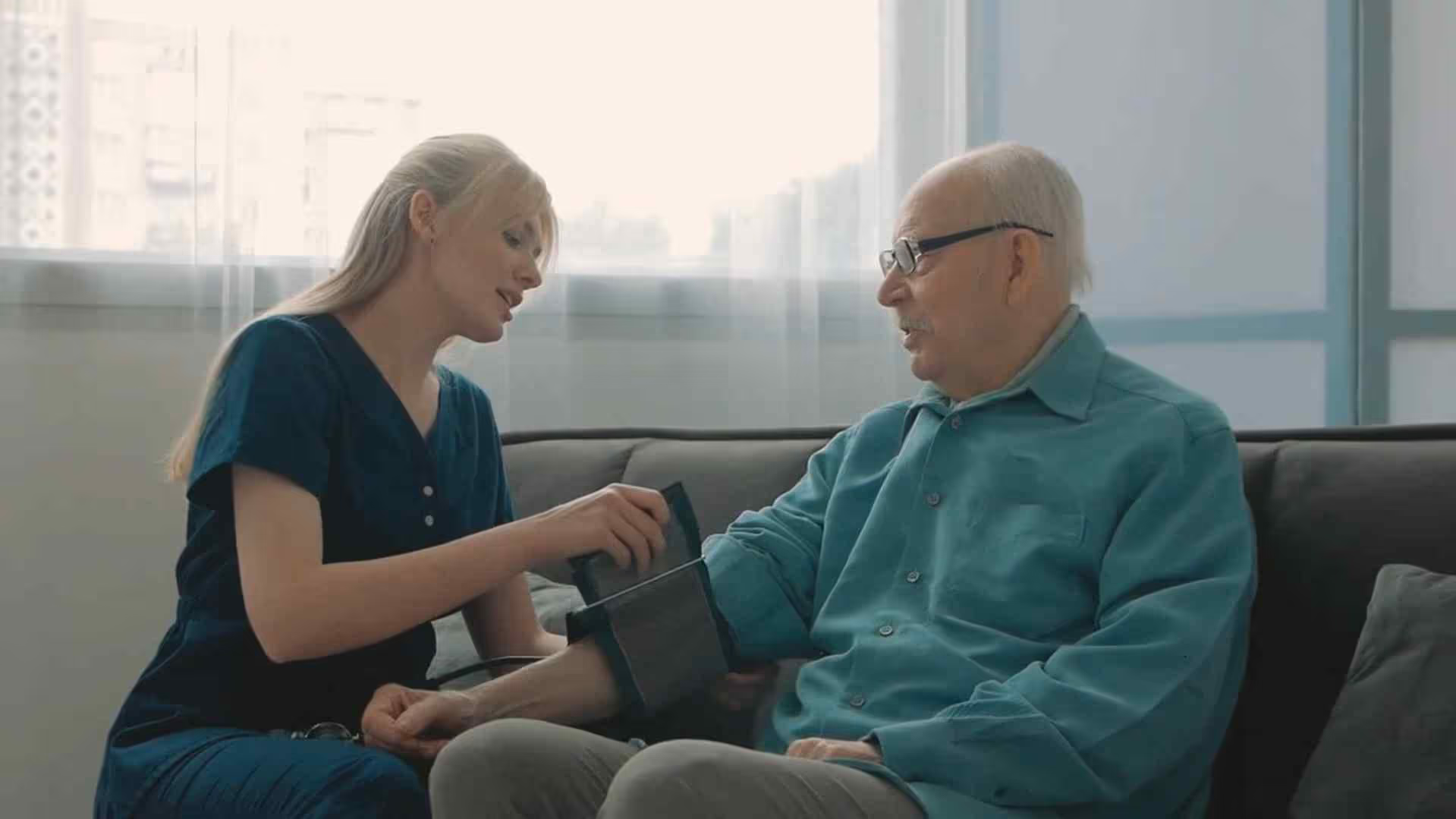
Understanding Chronic Pain Among Seniors
Chronic pain is a prevalent issue among the elderly, impacting a significant portion of this population and often diminishing their quality of life. At Willows Healthcare, the focus is not just on alleviating symptoms but also on enhancing overall well-being through a comprehensive approach to pain management. This article will delve into the various strategies and innovations employed by Willows Healthcare to aid seniors in managing chronic pain effectively.
Willows Healthcare's Multifaceted Approach to Pain Management

How can chronic pain be managed in older adults?
Chronic pain management in older adults requires a comprehensive and multidisciplinary approach that includes both pharmacological and non-pharmacological therapies. Effective treatment should begin with a thorough pain assessment, utilizing self-reported pain levels and standardized tools to understand the impact on daily functioning and the patient's psychological state.
First-line pharmacological options like acetaminophen should be used cautiously, while NSAIDs and opioids must be prescribed with awareness of their potential risks. Non-drug interventions, such as physical therapy, mindfulness techniques, and psychological support, are essential for addressing both the psychological and functional aspects of chronic pain.
What strategies does Willows Healthcare employ?
Willows Healthcare employs innovative programs that combine various treatment modalities to enhance the effectiveness of chronic pain management:
A unified approach, such as Willows Healthcare’s, not only supports the physical aspects of pain but also prioritizes mental health and social engagement, which are essential for lasting relief and improved quality of life.
The Willow Curve: A Technological Breakthrough

What is the Willow Curve Device?
The Willow Curve device represents a remarkable advancement in chronic pain management technology. Utilizing thermal and photonic energy, it aims to provide clinical-grade pain relief for conditions like joint pain, neuralgia, and myalgia. The device not only offers effective pain management solutions but is also designed with patient-friendliness in mind, which enhances patient compliance and satisfaction during their treatment journey.
How Does the Willow Curve Work?
The primary focus of the Willow Curve is to reduce pain intensity, assessed through structured outcomes like visual analog scales. This structured approach ensures that healthcare providers can monitor the effectiveness of the treatment closely. Moreover, the device effectively targets various musculoskeletal conditions, making it a versatile tool in managing chronic pain.
Integrating Willow Curve into Pain Management Strategies
The use of the Willow Curve can significantly enhance a multidisciplinary approach to chronic pain management, which is vital given the complexities associated with this issue. By incorporating this device into rehabilitation programs, healthcare teams can leverage its benefits alongside conventional therapies, yielding better overall patient outcomes.
Technological Advancements in Pain Management
The integration of technology in pain management is rapidly evolving. The Willow Curve device exemplifies how innovative solutions can cater to the specific needs of chronic pain sufferers, ultimately improving their quality of life. With ongoing developments in telemedicine and personalized treatment plans, future advancements may further enhance the effectiveness of such technologies in therapeutic settings.
Incorporating Physical Rehabilitation into Pain Management

What is the focus of physical rehabilitation?
Physical rehabilitation primarily targets improving strength, mobility, and overall physical function in seniors experiencing chronic pain. Rehabilitation programs are designed to be adaptable, ensuring exercises like stretching, strength training, and balance training fit each individual's abilities. Additionally, techniques such as heat, cold therapy, and TENS (Transcutaneous Electrical Nerve Stimulation) are often incorporated to alleviate discomfort.
How does physical rehabilitation benefit seniors?
Recent studies indicate that engaging in structured physical rehabilitation can lead to significant improvements in both physical ability and pain levels for older adults. For instance, HealthPRO Heritage found a 10% enhancement in overall functional ability among patients undergoing therapy for pain. This improvement was particularly evident in seniors who actively participated in regular physical activities, as 55% reported experiencing less severe pain compared to their sedentary peers.
Moreover, a holistic approach that combines rehabilitation with mental health support addresses the psychological aspects of chronic pain, providing a comprehensive care experience that boosts physical and emotional well-being.
The Importance of Complementary Health Approaches

What are some evidence-based complementary health approaches for managing chronic pain in seniors?
Evidence-based complementary health approaches for managing chronic pain in seniors include several holistic methods that promote well-being. These can effectively alleviate symptoms associated with chronic pain conditions such as fibromyalgia and osteoarthritis. Here are some prominent approaches:
- Tai Chi: This gentle form of exercise focuses on slow, controlled movements and is noted for reducing pain intensity and improving functionality in seniors.
- Acupuncture: Studies show that acupuncture can be more effective than sham treatments in relieving pain from conditions like osteoarthritis and low-back pain, reducing reliance on opioid therapy.
- Mindfulness Techniques: Mindfulness-based stress reduction has proven effective for decreasing pain and enhancing function among those with chronic pain issues.
- Yoga: Regular practice can lower pain levels and enhance physical function.
- Vitamin D Supplementation: A systematic review from 2022 suggests that vitamin D can benefit seniors with chronic pain, particularly those who are deficient.
Additional complementary therapies include massage therapy, cognitive behavioral therapy, and various forms of physical therapy, all of which cater to the interplay of physical and mental health important for effective pain management. In addressing chronic pain, such multidisciplinary strategies are essential not just for symptom relief, but for improving overall quality of life.
Holistic Care: Addressing the Full Spectrum of Health Needs
What Is a Holistic Approach to Chronic Pain?
A holistic approach to chronic pain recognizes that managing pain involves more than simply treating physical symptoms. It encompasses mental well-being, nutrition, and social support. This comprehensive strategy is particularly vital for seniors, as chronic pain affects their emotional and social health, alongside their physical condition.
Why Are Nutrition and Social Support Important?
Nutrition plays a crucial role in managing chronic pain. Diets rich in anti-inflammatory foods, such as colorful fruits, vegetables, fatty fish, and nuts, can help alleviate pain. Conversely, processed and sugary foods may exacerbate symptoms. Here’s a brief look at beneficial food choices:
Social connections are also significant. Seniors who maintain relationships and community ties report reduced pain levels and better coping strategies. Engaging socially can combat feelings of isolation and depression, which are common among seniors suffering from chronic pain.
How Does This Impact Overall Wellness?
By integrating these components, a holistic approach not only enhances pain management but also improves overall quality of life for seniors. Programs that combine physical rehabilitation with mental health support, like those offered at HealthPRO Heritage, exemplify how addressing these multifaceted needs can lead to better health outcomes.
Chronic Pain: Causes and Challenges
What is the most common cause of chronic pain in older adults?
Chronic pain in older adults primarily arises from musculoskeletal conditions, particularly arthritis and osteoarthritis. These conditions significantly impact quality of life, as almost 65% of U.S. adults over 65 report experiencing some form of pain, with around 30% enduring chronic pain.
The relationship between chronic pain and mental health is also noteworthy. Many older adults suffering from ongoing pain often exhibit symptoms of depression and anxiety, which can lead to feelings of isolation. Furthermore, sleep disturbances are common among this group, creating a vicious cycle where pain exacerbates sleep issues and vice versa.
Addressing both pain management and mental well-being is crucial in improving the quality of life for seniors. A holistic approach that includes physical rehabilitation, mental health support, and social engagement can offer significant relief and foster a better overall well-being.
Multidisciplinary Teams: Enhancing Seniors' Care
Team-Based Care Models
Multidisciplinary teams are essential in managing chronic pain among seniors. By integrating various specialists, such as physicians, physical therapists, and mental health professionals, these teams can provide comprehensive treatment plans tailored to individual needs. Their collaborative approach enables a deeper understanding of the complexities related to chronic pain, allowing for specialized strategies that address both physical and emotional aspects.
Improving Patient Outcomes
Studies indicate that effective teamwork within these models leads to meaningful improvements in patient-reported pain outcomes. Regular structured communication, follow-up protocols, and the inclusion of care managers play a crucial role in ensuring that seniors receive coordinated care. These elements not only enhance the management of chronic pain but also foster stronger relationships between caregivers and patients, making patients feel more involved in their care.
To illustrate the effectiveness of multidisciplinary approaches in chronic pain management, the following table outlines how integrated care can impact various aspects of health in seniors:
The collaboration fosters an environment where seniors can achieve better quality of life and a greater sense of control over their chronic pain management.
Self-Management and Empowerment in Pain Relief
What are some self-management techniques and support systems for elderly individuals dealing with chronic pain?
Elderly individuals grappling with chronic pain can employ several self-management techniques to regain control over their lives. Prominent strategies include:
- Cognitive Behavioral Therapy (CBT): A proven approach that helps individuals adjust their thinking and behaviors around pain, leading to improved coping mechanisms.
- Relaxation Techniques: Practices such as progressive muscle relaxation and mindfulness meditation can significantly reduce stress and pain perception.
- Regular Physical Exercise: Tailored exercise programs help improve mobility, strength, and overall function, contributing to pain relief.
Support systems are equally critical. Options include:
- Group Self-Management Programs: These foster community engagement and shared experiences among participants, enhancing motivation and support.
- Guidance from Healthcare Providers: Professionals can provide personalized plans that consist of practical advice and monitor patient progress.
- Social Support: Engaging with family and friends aids emotional wellbeing, making it easier to cope with pain.
Integrating a Whole Health approach encourages seniors to focus on holistic self-care, encompassing nutrition, physical activity, and mental wellness. This biopsychosocial model is vital as it acknowledges both psychological and physical factors in chronic pain management, enabling older adults to better manage their discomfort and improve their quality of life.
The Role of Mental Health in Managing Pain
How Does Mental Health Affect Chronic Pain?
Mental health plays a significant role in how seniors experience and manage chronic pain. Chronic pain can contribute to feelings of anxiety and depression, leading to an ongoing cycle of discomfort and emotional distress. As such, addressing mental health is crucial for improving overall pain management in older adults.
What Are Integrated Care Approaches?
Integrated care approaches provide a way to address both the physical and psychological aspects of chronic pain. Facilities like Homewood Health Centre emphasize the importance of combining mental health support with pain management strategies.
Key Features of Integrated Care:
- Team Collaboration: Involvement of various specialists such as physicians, physical therapists, and mental health professionals.
- Personalized Plans: Comprehensive assessments that create tailored care plans addressing individual needs.
- Mental Health Services: Options like cognitive behavioral therapy (CBT) and mindfulness interventions, which have shown effectiveness in decreasing pain intensity.
Importance of Communication in Pain Management
Effective communication between caregivers and seniors regarding pain levels is essential. Regular check-ins can help assess emotional well-being, leading to timely interventions and improved outcomes in pain management.
Understanding the interconnection between mental health and chronic pain encourages a holistic approach that may enhance seniors’ quality of life.
Community and Social Connections: A Pillar of Support

Why is community engagement important for seniors?
Community engagement is crucial for seniors, particularly those experiencing chronic pain. Research indicates that socially connected seniors report experiencing less pain and better coping mechanisms. Engaging in community activities fosters relationships that provide emotional support, motivation, and a sense of purpose, which can alleviate feelings of isolation often associated with pain.
How does social support enhance pain management?
Social support significantly enhances pain management strategies for older adults. Studies demonstrate that seniors with strong social ties tend to have lower pain levels and improved overall well-being. Connections with family, friends, and community groups can lead to shared experiences that empower seniors to manage their pain more effectively through motivation and encouragement.
Table of benefits from community engagement
Strong community connections not only support immediate pain management but also contribute to forming a resilient framework for ongoing health and wellness efforts, proving invaluable for seniors dealing with chronic pain.
Towards Optimal Pain Management for Seniors
Willows Healthcare exemplifies an integrated, compassionate approach to managing chronic pain in seniors. Through innovative technologies, interdisciplinary teams, and a deep commitment to holistic care, they provide tailored solutions that address not just the physical aspects of pain, but also the mental and social dimensions crucial for seniors' well-being. By prioritizing both individual and community-focused strategies, Willows Healthcare sets a benchmark for enhancing the quality of life for elderly patients experiencing chronic pain.
References
- Willow bark Information | Mount Sinai - New York
- One in Three Seniors Suffer with Chronic Pain - HealthPRO Heritage
- Pain Therapy Options for the Home - MedCentral
- Teaming in Interdisciplinary Chronic Pain Management ...
- 12 Effective Strategies for Managing Chronic Pain in Seniors
- Managing Chronic Pain in Seniors: The Importance of Caregiver ...
- Pain Management, Opioid Safety, and PDMP (PMOP) - VA.gov






























































.jpeg)
























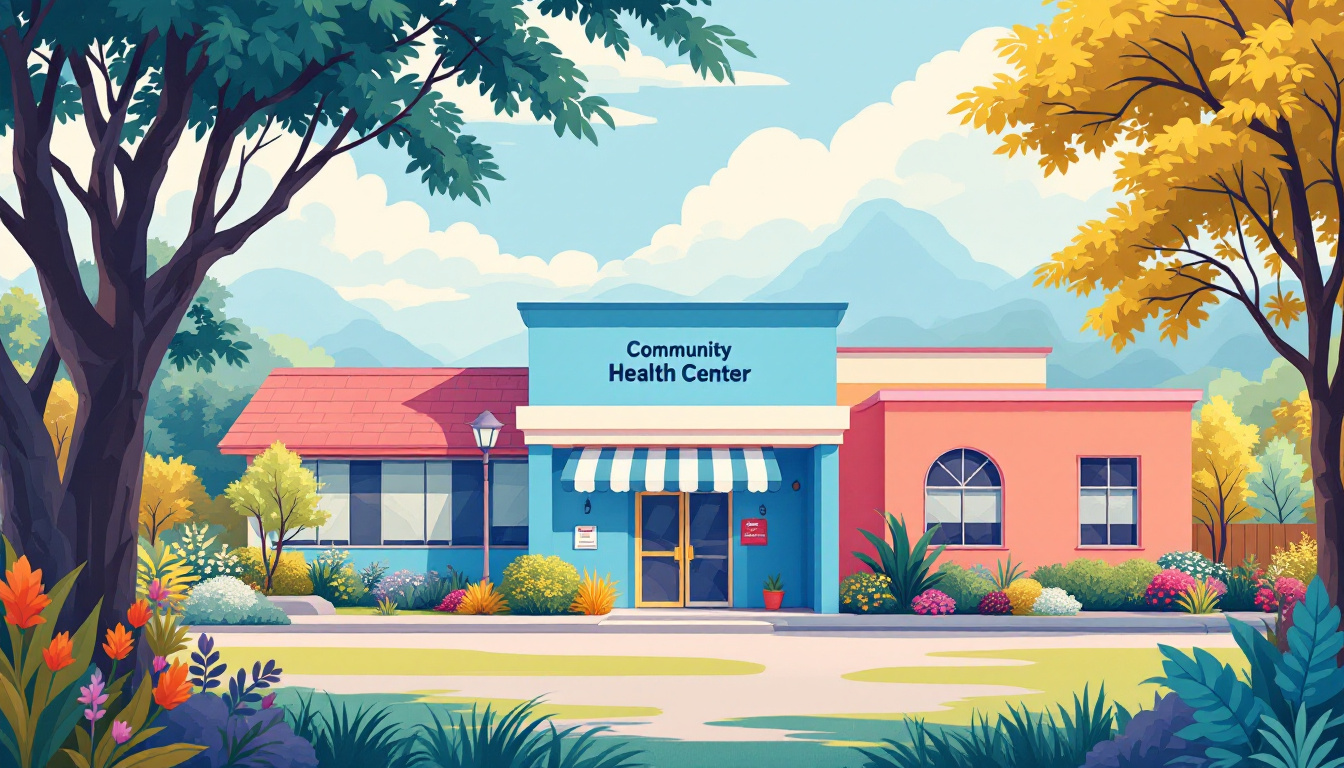


















































































































































































.avif)























































.jpeg)

































































.jpeg)














.jpg)









































.jpeg)






































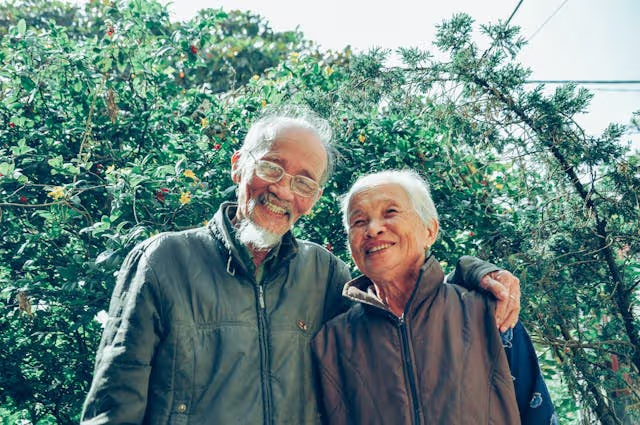


































.avif)




.avif)



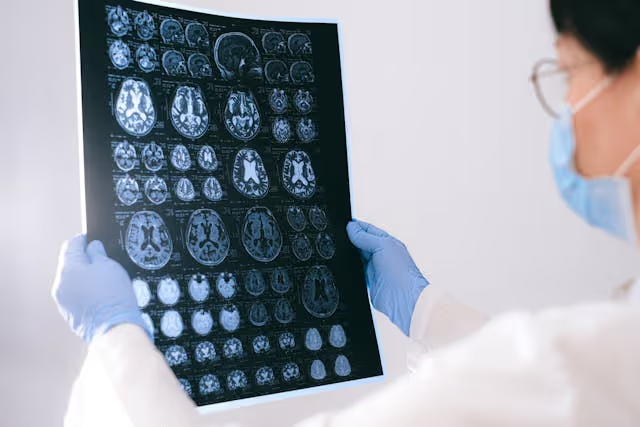














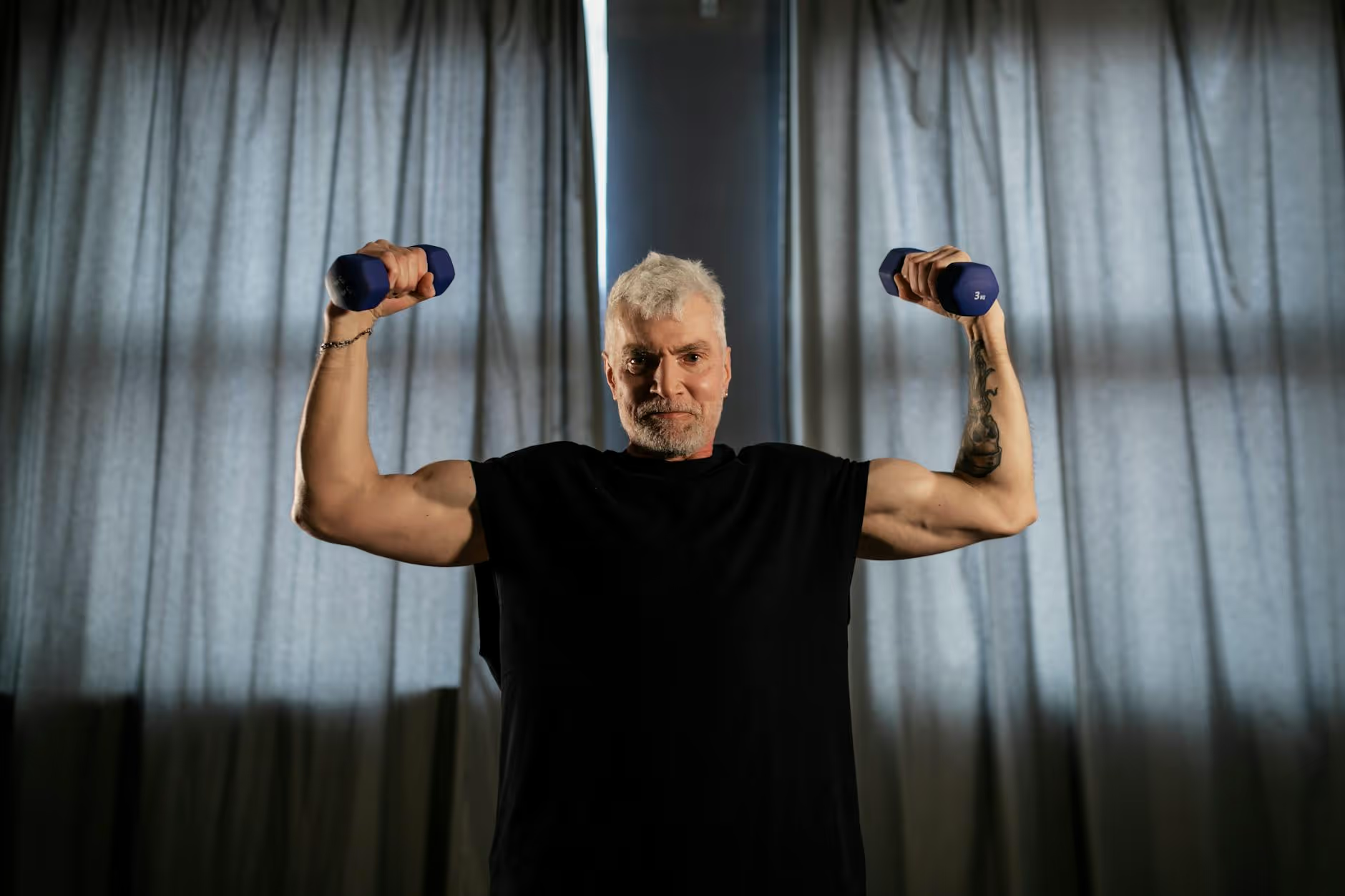





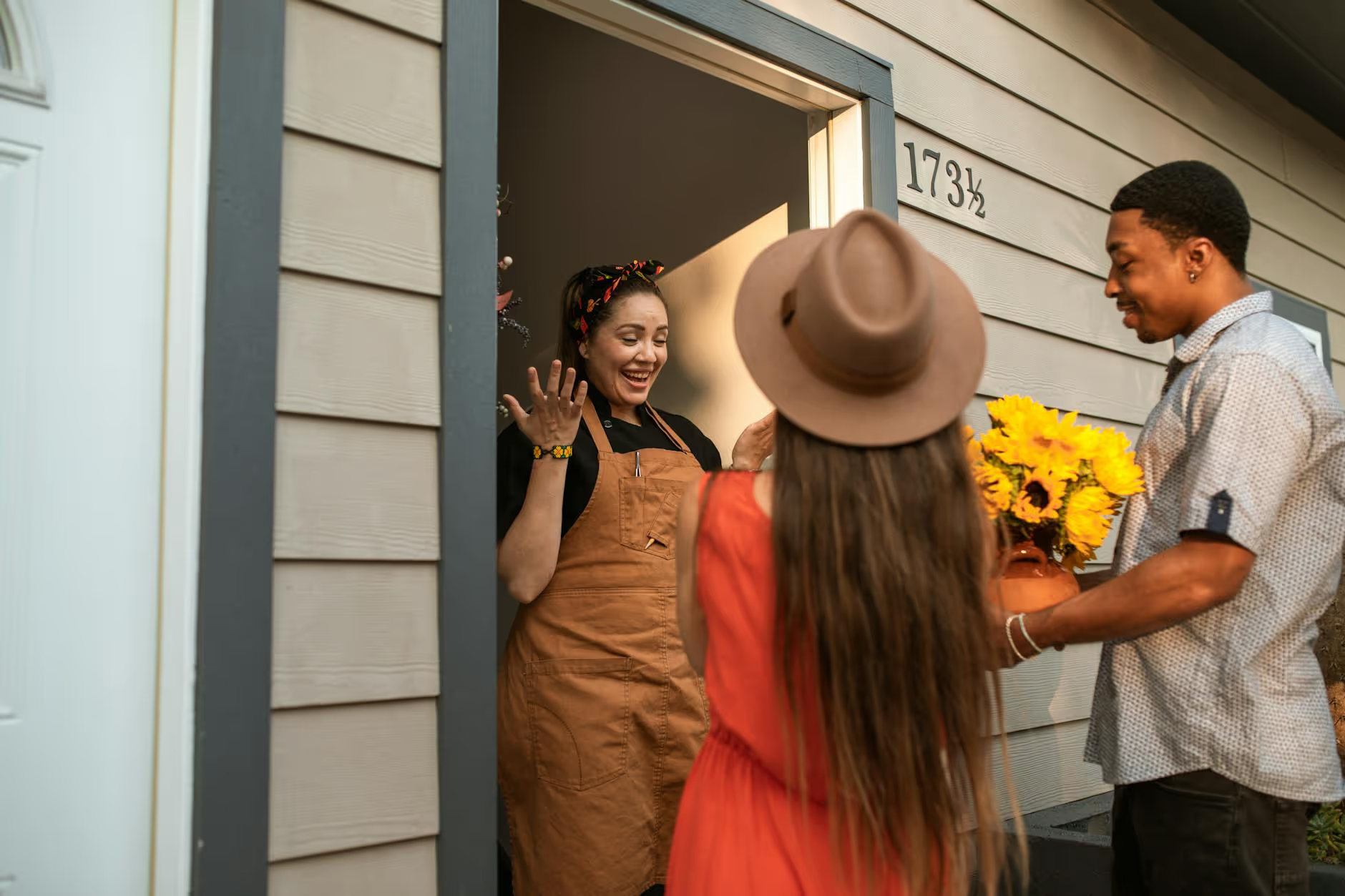
























.avif)






































































































































































